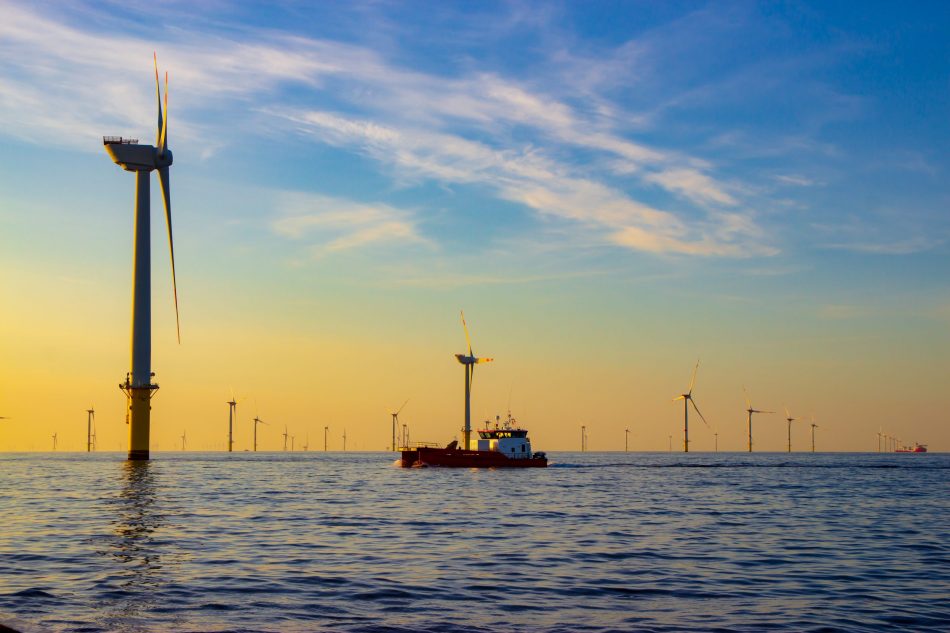Wind energy is a major part of our energy future. As the technology develops it opens up new possibilities in different areas of our economies.
The biggest CO2 emitter for offshore wind farms is the diesel boats that drive out for maintenance on the turbines. Scottish firm Oasis Marine Power made its Oasis Power Buoy originally to power systems on service boats going out to turbines and has found that the buoy can also charge the electric boats of the maritime future.
The Oasis Power Buoy has just completed its first tests making it the first of its kind to pass trials on the open ocean.
“We have proven that the concept is viable and are now working to optimize the design,” said George Smith, director of Oasis Marine Power. “What we have achieved is a world first, and this is a great progression towards dramatically reducing the carbon footprint of the maritime industry.”
Scotland currently has six offshore wind farms with more on the way, offering energy that needs to be taken advantage of. Powered by wind energy, the Oasis Power Buoy could be the first step in a renewable revolution for the maritime industry. Buoys like these would be able to provide the infrastructure necessary for new fleets of hybrid and electric boats. This would also improve the efficiency of maritime trade by allowing ships to recharge at sea instead of refueling in port.
Other countries are already following suit and developing their own offshore chargers.












